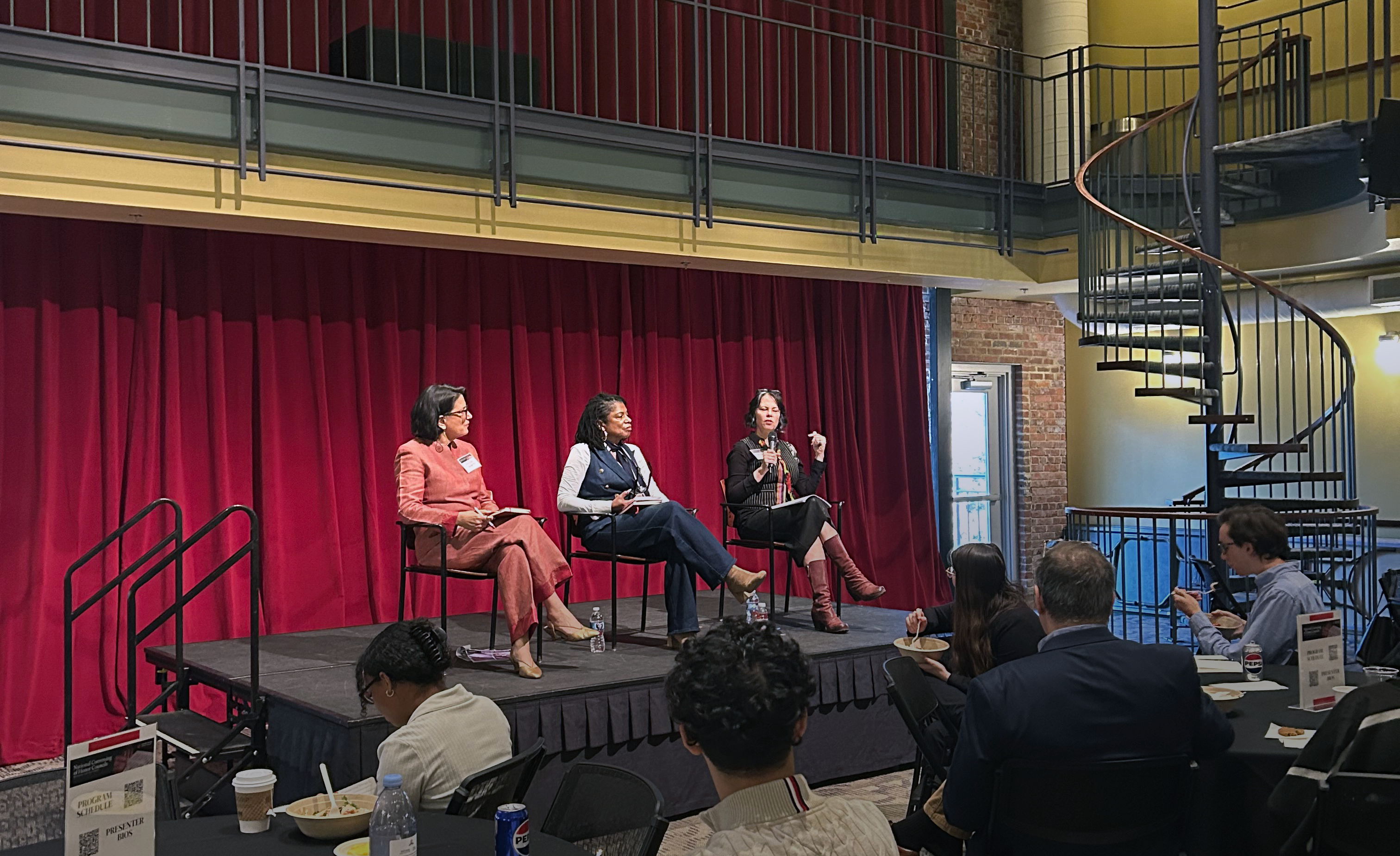No Healthy Alternative: Researchers Warn of Vaping Dangers
October 7, 2019
- Author
- Mary Elizabeth DeAngelis

Know what you’re breathing. That’s a message Karen Bernd and Cindy Hauser hope to convey about hookahs and e-cigarettes.
The Davidson College professors don’t scold, but instead arm their students with research.
Long before a recent rash of serious lung illnesses and deaths linked to vaping, Bernd and Hauser had eyes on the chemicals and methods used to power alternative tobacco products.
Their take: Health food it isn’t. When it comes to flavors such as lemon, mint and apple pie: “The stomach digests,” biology professor Bernd said, “the lungs do not, and these inhaled particles are small enough to get between lung cells and enter the bloodstream.”
As the number of vaping related lung illnesses and deaths rises, elected officials, government experts and parents are demanding more restrictions on the e-cigarettes that have hooked a new generation on nicotine.
A growing number of local and state governments have banned sales of the alluring flavored pods that turned vaping into a national pastime for middle, high school and now college students. The Trump administration also is considering banning flavored pods.
The American Lung Association is warning of irreversible lung disease.
“The particles in the vapor or smoke are hitting the lung cells,” Bernd said, “which can cause damage.”
The Centers for Disease Control has cautioned both e-cigarette and hookah users to stop, and young people to never start.
Evolution of a Crisis
Hauser and Bernd’s research has focused largely on hookahs, waterpipes originating in ancient India.
Hauser, a chemistry professor, was working on a smoking cessation project in Romania in 2013 and noticed widespread hookah use. Around the same time, hookah bars and vape shops began springing up in the United States, especially near college campuses.
Bernd’s research students encouraged her to include vaping in their studies.
Hauser, Bernd and their students collaborated to research chemical properties and biotoxicity of hookah smoke, and in 2016 received a National Institutes of Health grant to support their work.
Many had the perception that hookahs and e-cigarettes were safer than cigarettes. Bernd and Hauser were not convinced.
“In essence, it’s an aerosol that people are inhaling,” Hauser said. “There’s no safe way to smoke a hookah or e-cigarette—that syrup is toxic and generates a lot of particles.’’
While hookah use became popular for college-aged users, vaping took hold among middle and high school students. Many of those who got hooked as adolescents are now entering their college years.
One in four high school seniors say they’ve vaped in the past 30 days. That’s more than double the number from 2017, when one in 10 seniors said they vaped during the same time frame, according to a new National Institute on Drug Abuse survey.
And one in nine seniors said they’d vaped at least 20 times in the past month—a marker for addiction, according to the institute’s annual Monitoring the Future survey.
“I find it kind of scary because for so long, it’s been seen as no big deal by so many people,” Bernd said. “I tell students, day after day you’re breathing in pollutants that you have no control over. This is a pollutant you can control. Know what you’re breathing in.”
As more and more chemical components and bootleg knockoffs find their way into the e-cigarette retail and underground markets, hospitals across the United States have seen a surge of vaping-related emergencies.
As of Friday, 1,080 cases of vaping-related illnesses and 18 deaths have been reported across the United States. Investigators are trying to determine what chemicals, ranging from THC, a marijuana component, to vitamin E oil to flavors and actual devices may be causing the outbreak of lung disease.
Legal or bootleg, the chemicals being inhaled threaten lungs, Bernd and Hauser say.
“I find it kind of scary because for so long, it’s been seen as no big deal by so many people,” Bernd said. “I tell students, day after day you’re breathing in pollutants that you have no control over. This is a pollutant you can control. Know what you’re breathing in.”
Growing Awareness
Davidson’s Center for Student Health and Well-Being’s website now includes a link to CDC reports about vaping, and is offering help for those who want to quit. That may include anything from nicotine chewing gum to counseling to group therapy, said Health Educator Georgia Ringle.
Students are on the case, too.
Kami Beardsley, a student health advisor and second year student, said most Davidson students who vape use the most popular device on the market, Juul. Last year, she said, it became a familiar ritual of the study and social scene.
“You’d walk into a room and it was common courtesy to pass the Juul to the person coming in,” she said. “Last year, no one really had any intentions of quitting. Then over the summer, a lot of people I know were able to quit, but some came back to campus and started again.”
Beardsley believes that an intense academic environment causes some students to feel overwhelmed and to turn to vaping, which many started in high school.
“From my experience, it’s not news to them that it’s bad, but the stories coming out now are why a lot of people are trying to quit,” Beardsley said. “I think it’s better to help them develop healthier coping mechanisms than to berate them for how horrible vaping is.”



